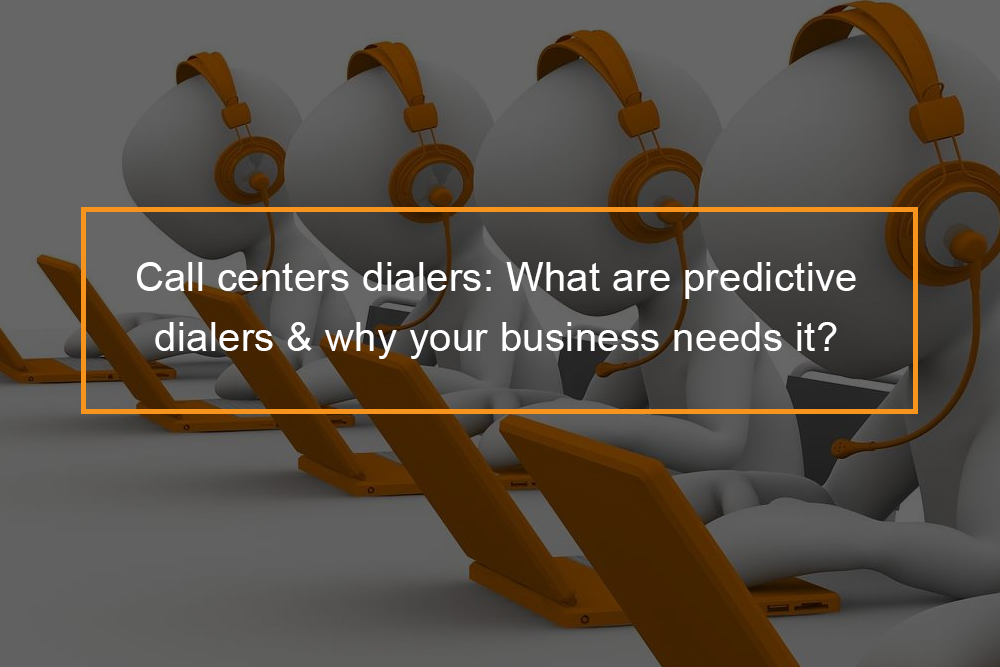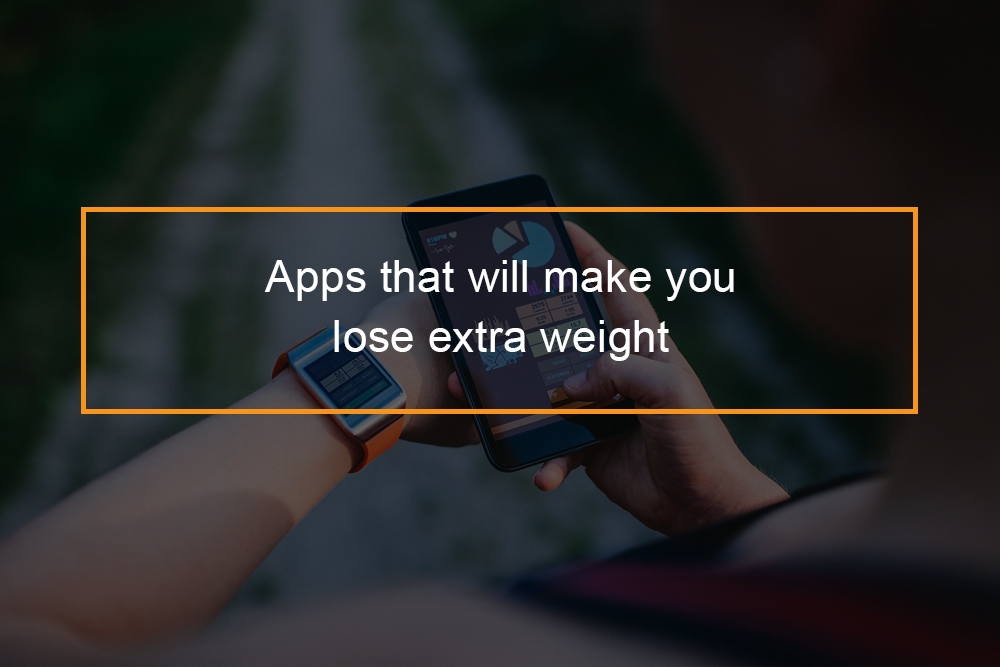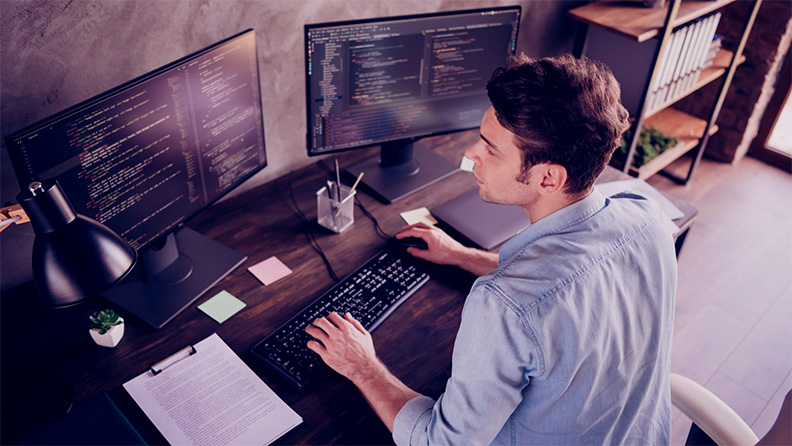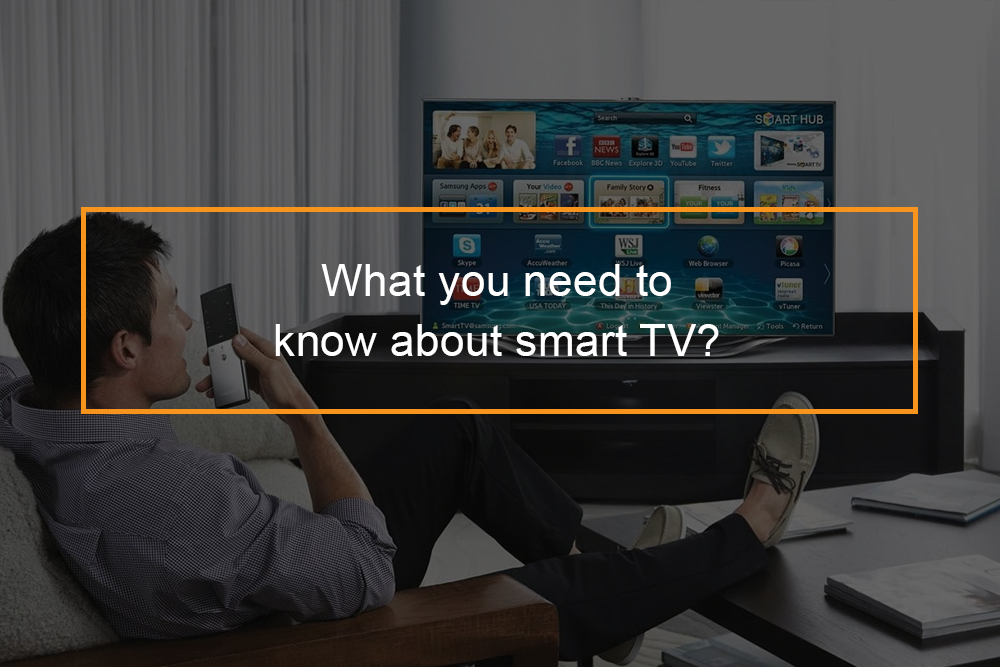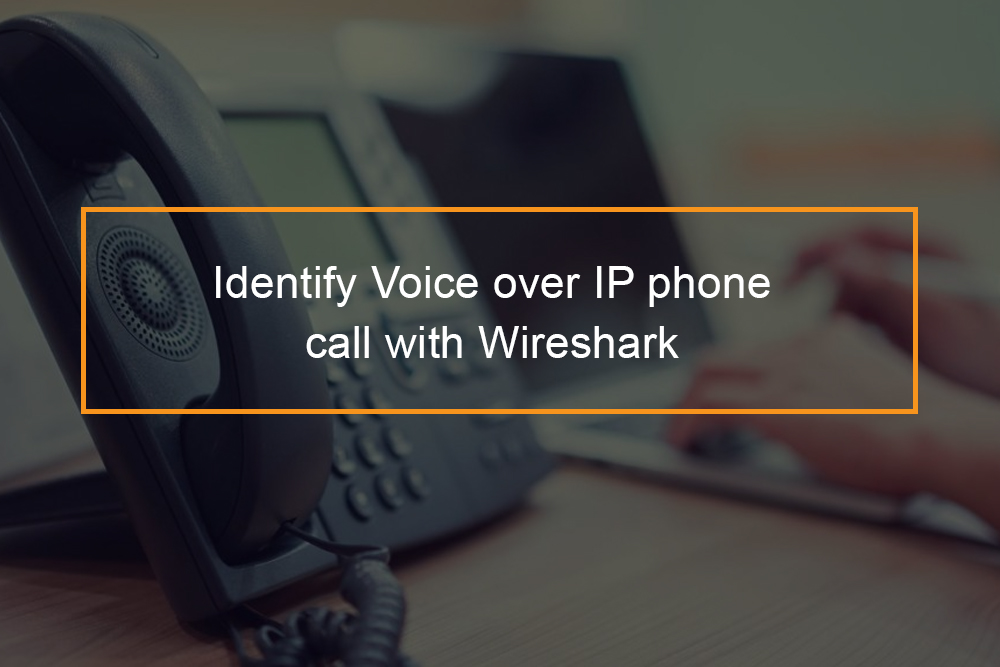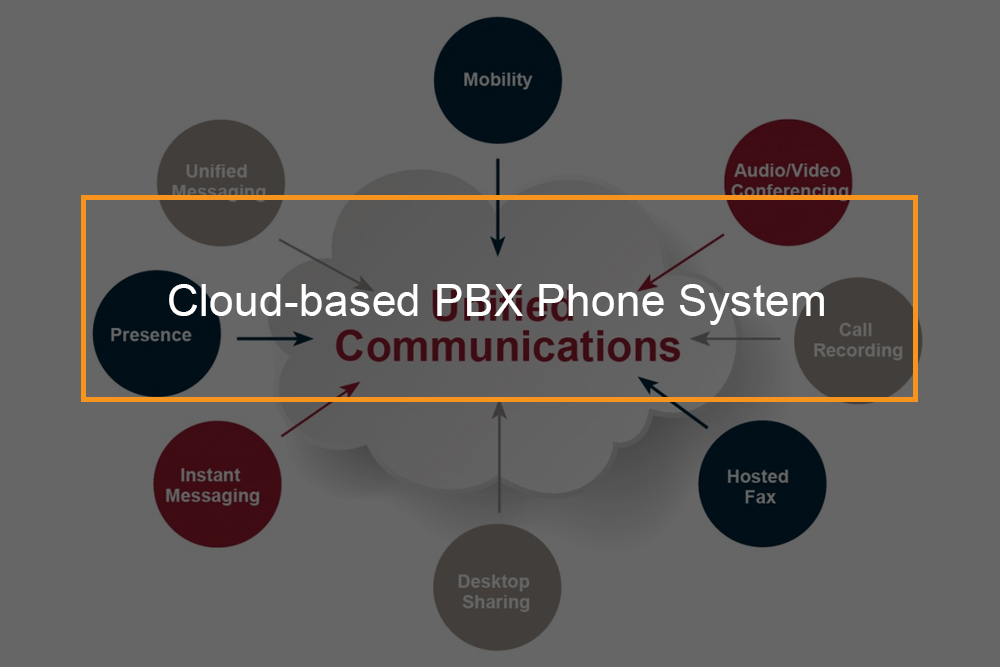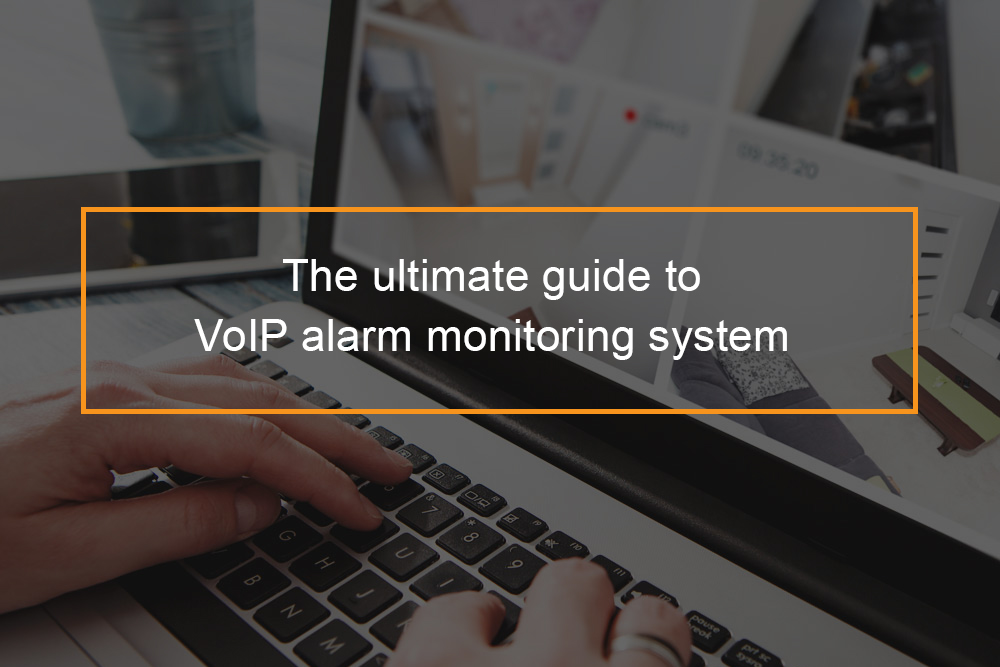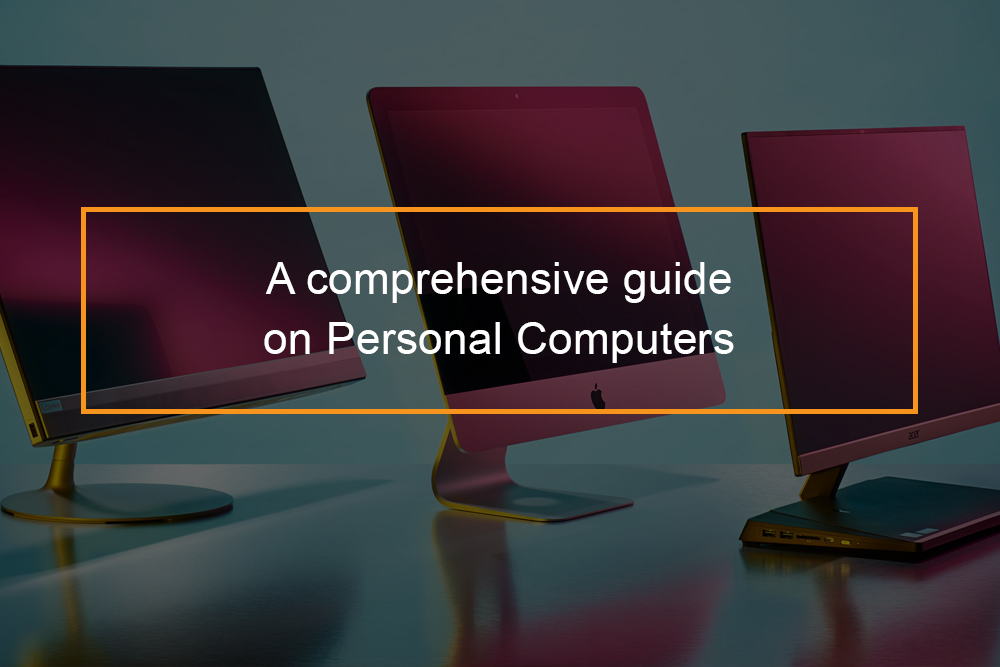
Nowadays almost everyone has a laptop or access to a computer. They have made life easier by helping us complete tasks, research, create and do a lot of things once considered impossible. But have you ever wondered where they came from? Here is a brief history of PCs and the many kinds available.
What is a PC?
The definition of a personal computer
The Personal computer (PC), is a digital machine designed for use by just one person at a time. A typical personal computer assembly includes a central processing unit (CPU), which contains the computer’s arithmetic, logic, and control circuitry on an incorporated circuit; two kinds of computer memory, main memory, such as digital random-access memory (RAM), and auxiliary memory, such as magnetic hard drives and special optical CDs, or read-only memory (ROM) discs (CD-ROMs and DVD-ROMs); and numerous input/output devices, including a display screen, keyboard and mouse, modem, and a printer.
A brief PC history
Before 1970, computers were big devices requiring many different transistors. They were run by specialized professionals, who typically dressed in white laboratory coats and were commonly known as a computer priesthood.
From Hobby Computers To Apple
The first computers offered little economic assistance to be adequately used by individuals in their houses. They became feasible in the 1970s when large-scale integration made it possible to build a sufficiently powerful microprocessor on a single semiconductor chip. A small company called MITS made the very first personal computer, the Altair. This computer, which used Intel Corporation’s 8080 microprocessor, was established in 1974. Though the Altair was popular amongst computer enthusiasts, its modern appeal was restricted.
This industry indeed began in 1977, with the introduction of three preassembled mass-produced computers: Apple Computer, Inc.’s (now Apple Inc.) Apple II, the Commodore Business Machines Personal Electronic Transactor (PET) and the Tandy Radio Shack TRS-80. These machines utilized eight-bit microprocessors (which processed details in groups of eight bits at a time) and minimal memory capacity, i.e., the ability to deal with a given quantity of information held in memory storage. However since personal computers were much cheaper than mainframe computers (the bigger computers typically deployed by large organizations, industries, and federal government organizations), they might be acquired by individuals, small and medium-sized services, and primary and secondary schools.
Of these computers, the TRS-80 commanded the market. The TRS-80 microcomputer had four kilobytes of memory, a Z80 microprocessor, a BASIC programming language, and cassettes for data storage. To cut expenses, the machine was built without the ability to type lowercase letters. Thanks to Tandy’s chain of Radio Shack shops and the promotion rate ($ 399 completely assembled and tested), the machine achieved success enough to convince the company to present a more powerful computer two years later, the TRS-80 Model II, which might reasonably be marketed as a small-business computer.
The Apple II received an excellent boost in appeal when it became the host device for VisiCalc, the first electronic spreadsheet (a computerized accounting program). Other kinds of application software were soon developed.
IBM PC
IBM Corporation, the world’s prominent computer maker, did not go into the brand-new market until 1981 when it launched the IBM Personal Computer, or IBM PC. The IBM PC was much faster than rival makers, had about ten times their memory capability, and was backed by IBM’s large sales company. The IBM PC was also the host maker for 1-2-3, an extremely popular spreadsheet offered by Lotus Development Corporation in the year 1982. The IBM PC grew into the world’s most popular PC, and both its microprocessor, the Intel 8088, and its OS, which was adapted from Microsoft Corporation’s MS-DOS system, ended up being market standards. Competing machines that utilized Intel microprocessors and MS-DOS ended up being called “IBM compatibles” if they attempted to compete with IBM on the basis of additional computing power or memory and “IBM clones” if they competed on the basis of low cost.
The IBM Personal Computer (PC) was presented in 1981. Microsoft supplied the maker’s operating system, MS-DOS (Microsoft Disk Operating System).
GUI
In 1983 Apple introduced Lisa, a personal computer with a visual user interface (GUI) to perform routine operations. A GUI is a display format that enables the user to choose commands, call files, start programs, and do other routine tasks by utilizing a device called a mouse to indicate pictorial signs (icons) or lists of menu choices on the screen. This kind of format had specific advantages over user interfaces in which the user typed text- or character-based commands on a keyboard to carry out regular tasks. A GUI’s pop up windows, pull-down menus, dialog boxes, and other controlling systems could be used in brand-new programs and applications in a standardized method, so that typical jobs were performed continuously in the same way. The Lisa’s GUI ended up being the basis of Apple’s Macintosh personal computer, which was presented in 1984 and proved extremely successful. The Macintosh was especially helpful for desktop publishing because it could lay out text and graphics on the display screen as they would appear on the printed page.
Apple’s Lisa computer
The Macintosh’s graphical interface style was commonly adopted by other makers of computers and PC software. In 1985 the Microsoft Corporation launched Microsoft Windows, a graphical user interface that provided MS-DOS-based computers a few of the same abilities the Macintosh had. Windows then became the dominant operating system for these machines.
Faster, smaller, and more powerful PCs
Software and Operating systems advancements were matched by the advancement of microchips which now contained a greater variety of circuits, with boosted the processing speed and power of a PC. The Intel 80386 32-bit microprocessor (presented in 1985) gave the Compaq Computer Corporation’s Compaq 386 (introduced in 1986) and IBM’s PS/2 family of computers (introduced in 1987) higher speed and memory capacity. Apple’s Mac II computer made advances with microchips made by Motorola, Inc. The memory capacity had increased from 64 kilobytes (64,000 characters) in the late 1970s to 100 megabytes (100 million characters) by the early ’90s to numerous gigabytes (billions of characters) by the early 2000s.
The Compaq portable computer
Compaq Computer Corporation presented the very first IBM-compatible portable computer in November 1982. It weighed about 25 pounds (11 kgs), it was sometimes described as a “luggable” computer.
Thanks To Compaq Computer Corp by 1990 some personal computers had ended up being small enough to be entirely portable. They consisted of laptop computers, also known as notebook computers, which had to do with the size of a notebook, and less-powerful pocket-sized computers referred to as individual digital assistants (PDAs). The high-end PC market had multimedia personal computers equipped with DVD gamers and digital sound systems enabling users to handle animated images and noise (in addition to text and still images) that were stored on high-capacity DVD-ROMs. Personal computers were significantly interconnected with each other and/or with larger computers in networks to be able to send out and sharing details electronically. Making uses of personal computers continued to increase as the devices ended up being more effective and their application software multiplied.
Types of personal computers
Personal computer categories
Personal computers fall into several classes, distinguished primarily by their sizes:
A desktop
This is designed to be used at a desk and is rarely moved. It includes a large box called the system unit which contains the majority of the vital components. The monitor, keyboard, and mouse all connect to it using cable televisions (or in some cases, using a cordless technology like Bluetooth).
Desktops provide a great deal of calculating power and performance for their price, and they’re flexible since you can connect whatever display, keyboard, and mouse you wish to it, in addition to setting up extra storage drives, memory, and expansion cards that add new capabilities.
A notebook
As its name indicates, it is a portable computer developed to fold like a notebook for portability and storage. Its cover opens up to reveal an integrated screen, keyboard, and pointing gadget, which replacements for a mouse. A notebook can run most of the same software applications as a desktop and resembles it in efficiency. Some people call it a laptop computer.
Notepads allow you to take your computer with you nearly anywhere. They’re more pricey than desktops of the very same level of performance, and not very adjustable or upgradable.
A Netbook
Short for Internet notebook, a netbook is a smaller and less powerful laptop developed primarily for accessing the Internet.
A netbook is generally cheaper than a notebook or desktop and is lighter and easier to bring around; however, they did not have adequate memory and an effective processor to run all desktop applications.
A tablet
A tablet is a portable computer that consists of a touch-sensitive screen mounted on a tablet-size plastic frame with a little computer chip inside.
There is no external keyboard or pointing device; a software-based keyboard pops up onscreen when required, and your finger moving on the screen works as a pointing device. Tablets are exceptionally portable and practical, but usually, do not run desktop applications and have restricted memory and storage abilities.
A smartphone
This is a mobile phone that can run applications and has Internet capability. Cellular phones generally have touch-sensitive screens. Many have a variety of location-aware applications, such as global positioning system (GPS) and mapping programs and local organization guides. Cell phones have a lot in typical with computers; however, they do not have the power and flexibility of bigger computing gadgets.
Uses of personal computers
How personal computers are used?
Computers offer us access to various sources of knowledge. They are practical for data processing, Internet communications, digital/audio compositions and also desktop publishing. The computer is a valued piece of technology that has worked its ways into numerous houses and companies all over the world. The information-processing capabilities of computers has added to their usage.
Work
It is unusual nowadays to find an office that does not have a personal computer. Numerous job-related activities can be done in a better method by using a computer. Workers use workplace computers for making discussions, producing drafts, keeping records of the business and creating spreadsheets. Some professions nowadays are directly connected to computer usage, including web page and graphic style. With most of the world connected to the Internet, people can work from their personal computers in the house and make their living in this manner, like website content writers. They can be used for offline work too. Music studios frequently utilize personal computers to record musical tracks. After recording, the tracks can then be blended and mastered, all on a personal computer.
Education
The role of the personal computer in education is also prominent. In 2010, it was common among college and school trainees to have a personal computer in your home, and some even bring their laptops to school. Students can research documents and essays online, searching for both historical realities and the latest happenings around the globe. Many colleges and schools have customized web pages to show important notifications to trainees, and students find this to be a convenient way to get updates on school occasions. Little kids have access to learning websites to check out, discover math, science and lots of other subjects. Parents can even home school their children through an online curriculum.
Gaming
Computer video gaming has increased in popularity gradually over the years. Components can be added to the PC to take the video gaming experience of a user to new levels. Desktops require high-end graphics cards, processors and lots of RAM for a good video gaming experience. A computer game can be used on many personal computers, as long as some standard specifications are met. Generally, video games have to be installed by a CD or downloaded from the Internet and come in a wide variety.
Uses of personal computers in business
Business specialists utilize computers for lots of functions, such as creating letters, calculating numbers or carrying out research on the web and many company functions.
Sending Emails
Emails are among the most pervasive methods to interact in the business world. Business experts from executives to marketing analysts utilize personal computers for sending out emails. Secretaries utilize company emails to apprise other supervisors and employees of meetings or special functions. Managers often use email to attach and share essential files, such as reports and memos. Also, e-mails can be used externally to inform consumers about brand-new product and services. Advertising experts often send emails out to thousands of organizations at the click of a button to create leads and product orders.
Producing Documents
Business specialists often use personal computers to create files, such as memos, reports, company types, delivering invoices and more. Marketing research supervisors use personal computers to write surveys. These questionnaires can be printed in large amounts for conducting customer services. Secretaries in some cases use personal computers to print shipping labels for mailing plans. Marketing copywriters utilize releasing software application to produce sales brochures or fliers on personal computers. A business can also use personal computers to design advertisements or develop newsletters.
Producing Spreadsheets
Company experts utilize personal computers to develop spreadsheets. For example, a finance supervisor may create a spreadsheet to keep track of his business’s spending plan. A spreadsheet has various columns and rows. Each section is called a cell. The finance supervisor might enter department names in the rows and types of costs various departments incur across columns of the spreadsheet. Personal computer spreadsheets are very useful for making estimations, as business experts can develop solutions for particular problems. Subsequently, totals will instantly be determined each time a supervisor goes into extra numbers to the spreadsheet.
Developing Databases
Companies use personal computers to develop databases, which are enormous lists of names or numbers. The most essential factor to consider when creating a database is deciding what information will be used, according to Inc. publication. Marketing managers might utilize personal computer databases to keep an eye on consumers who order products. For instance, the marketing manager can refer to a certain date a customer bought an item and how much they spent. Regularly, the marketing manager may send sales brochures or vouchers to customers announcing new products or sales. Business owners might utilize a personal computer database to track the results of an advertising campaign. That method the marketing supervisor can determine which ads pay.
Advantages of personal computers
Education
You can use these computers for education at school, work, and home. At school, you can learn about topics that an instructor does not know about to enhance a lesson. You may utilize computers in the classroom to take tests and learn about other cultures using software programs.
At work, you can use them to learn about brand-new processes in the office or new skills to enhance your performance. You can likewise utilize them to discover skills such as management techniques.
At home, trainees and adults alike can utilize a personal computer for learning. You can discover subjects such as spelling, mathematics, and reading using software application on the computer. You can learn a foreign language, examine possible financial investment opportunities in the stock exchange or learn about other economic opportunities.
Home entertainment
Personal computers aren’t just for work; they can be used for entertainment too. Software programs permit you to play games with other individuals, even if they are thousands of miles away. If you don’t wish to play with somebody else, you can opt for single-player games.
You can also view tv programs and motion pictures on your personal computer any time you want by downloading or streaming the video. In this method, you can manage your schedule, rather than letting the television networks manage it for you.
Communication
Personal computers have broadened society’s options for interaction. No longer do you need to have a separate telephone; rather, you can utilize your computer to make a phone conversation over the Internet.
You can share and integrate schedules not only for work but also for your personal life too. Employees can work with other staff members on opposite work schedules by sharing files and leaving notes showing concepts for the task they are working on as a team. Communicating over email and instant messaging on computers lowers society’s reliance on cell phones.
Interaction is not only between human beings over a computer but also between people and devices. If you are out of town, you can turn off your lights and/or set your DVR to tape-record a movie if you have them linked to your computer through a cordless Internet connection.
Disadvantages of personal computers
Physical Side Effects
Regular computer usage results in a range of physical issues such as wrist pain, backaches, tension headaches, and tight hamstrings. Laptop users are particularly susceptible to these issues since they hunch to appropriately view the screen. Individuals who spend all day on the computer are vulnerable to tight muscles, strained eyes, and carpal tunnel syndrome. Those with a personal computer are most likely to invest throughout the day sitting, which can lead to more severe health conditions.
Web Addiction
Web and computer addiction plague a small portion of computer users and slightly impact lots of other users. Extreme Internet addiction may consist of addiction to cyber-relationships, online video gaming, online betting or adult content found on the Internet. People who suffer from Internet addiction feel stress and anxiety when they are not online and may utilize the Internet to escape from depression, stress or loneliness in their everyday life. Though moderate Internet usage is healthy, people addicted to the Internet feel as if they must continuously be on the Internet. This typically leads to reduced work or school efficiency or losing touch with loved ones.

